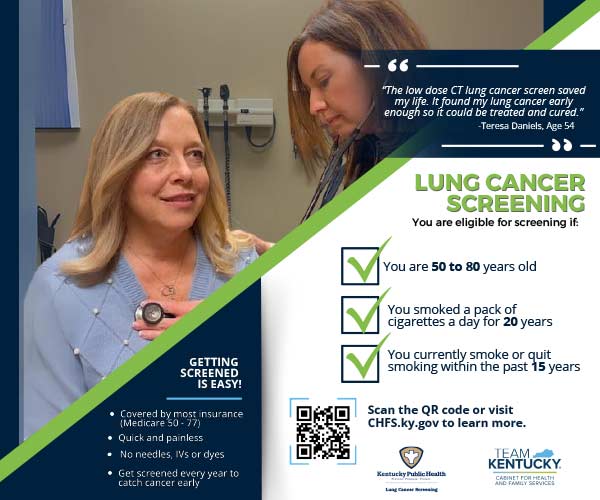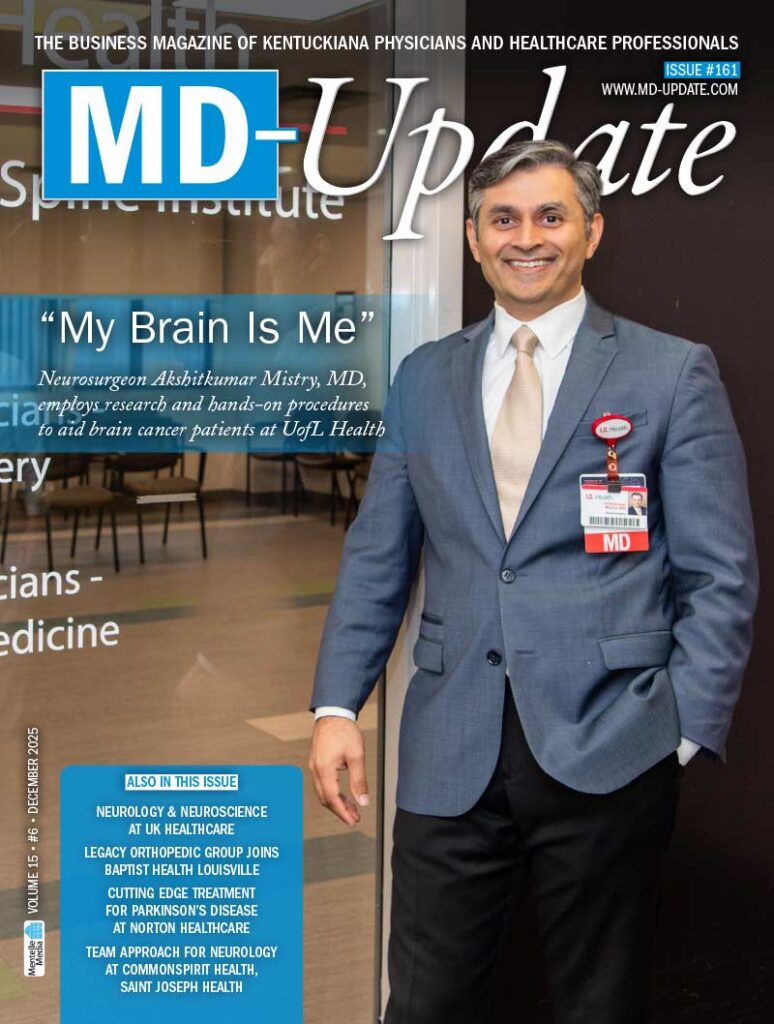If you are like the readers who write to me about what is bugging them, financially speaking, then you are likely to be a practicing physician with personal and/ or professional goals, only some of which are being achieved — and those only to a limited degree. Occasionally, I hear from the spouse of one of you who just happened upon the magazine and after reading one of my articles, thought he or she should reach out with a question or comment. I truly appreciate hearing from you, whoever you are, and I hope you keep sending me your comments and questions. One of my goals in writing this column is to be relevant to you, the reader.
This month I would like to take you on a short journey, the destination of which could well be the accomplishment of your goals. It can work, even if your goal is something big, like “complete financial independence,” or an intermediate goal, like obtaining a better mortgage rate or avoiding an underpayment penalty on your tax return.
People who know that I read a lot often ask me about some of the big ideas that have stood the test of time. Knowing that I have a seminary degree, some are theological or spiritual and are in the realm of being. Others, like what I am about to show you, tend to be in the realm of doing.
Getting to Root Causes
“Did you get to Jonah?”
he asked. “No,”
I had to admit. “Well, do yourself a favor and get to the introduction of Jonah and then call me back.”
Jonah, introduced in chapter four as I recall, is a scientist who becomes a business consultant and coaches the main character, Alex Rogo, into turning around his failing business. He does it using the Socratic method — asking questions in such a way that the person comes to their own conclusion. When I got to Jonah, Dan was right. I devoured the book.
Goldratt, now deceased, was noted for developing the Theory of Constraints, an overall framework for helping organizations or individuals determine a) what to change, b) what to change to, and c) how to cause the change. He called it The Thinking Process. I found it applicable to so much of life, especially how we handle our money. Let’s start by identifying what to change.
Too often we find those who are convinced that if every component of a system is working at optimum strength, then the entire system will be optimized. They reach for a small incremental change introduced by the latest hot tip of some financial publication or newsletter. Once that incremental change is implemented, they don’t understand why they move no closer to the goal. But local optima do not add up to global optimum.
Admit it. As a physician, you are very skilled at logical diagnosis, and you probably keep telling yourself that if you can diagnose a human illness, you can surely self-diagnose and address a money problem correctly. But it all starts with listening closely to what you are presently complaining about and drilling down until you get to the root cause. It is simple, but not easy.
Thinking in Systems
One of my core beliefs is that we live in systems: family, work, the economy, the world — to name a few. Any system can be improved with clear thinking. But many people simply live by default, accepting the system as a circumstance that is beyond their control — without even entertaining an idea about what to change, much less about how to make the change that will have the most impact.
I have adapted Goldratt’s idea: “If you have a goal and aren’t achieving an infinite amount of it (whatever ‘it’ is), then there must be a constraint in your system somewhere. Find the core constraint, break it, and you will move closer to accomplishing your goal.”
Dan and I enrolled in a workshop that was to be Dr. Goldratt’s launch of a new book, Necessary, but Not Sufficient. That book was aimed at applying his theory of constraints to technological improvements. After I registered for the workshop, I got a call from what appeared to be a foreign number on the caller ID. It was well before spam was a thing, so I answered it. It was Dr. Goldratt himself, calling from Tel Aviv to ask me why a personal financial advisor had registered for his workshop in Chicago. I told him that I was interested in using his theory of constraints to help others to reach their goals, especially for those who had issues or constraints around money. He agreed that the workshop could be beneficial, and he let me in.
I later became certified as a Jonah, but that is a story for a different day.
Goal Setting
Today, I want to ask you, “What is holding you back from achieving your most worthwhile goals?” Make a list of eight to ten items, called undesirable effects (UDEs), that are holding you back. Next, connect the dots. Ask if any one of these can cause one or more of
“What is holding you back from achieving your most worthwhile goals?” — Scott Neal
the other items on your list. Keep going until you find the core constraint. Make improvements there.
But wait — you don’t have clearly defined goals?
The financial planning process starts with identifying goals of the client. That means I’ve been through many goal-setting programs in my lifetime, and I haven’t found any better than Michael Hyatt’s Your Best Year Ever: A 5-Step Plan for Achieving Your Most Important Goals. One thing I like about Michael’s work is that he begins with an exercise in values clarification, because goals tied to your values are more likely to be achieved. He doesn’t impose a predetermined set of values, nor do I. That’s left up to you, the goal setter.
Having been around goal setting since high school, I became very familiar with the concept of SMART goals: specific, measurable, achievable, realistic, and time-based. Hyatt changes that up a bit and adds a couple of elements to create what he calls SMARTER Goals: specific, measurable, actionable, risky, time-dimensioned, exciting (to you, that is), and relevant (to your station in life and to your other goals). Needless to say, that last one is very important if you have a spouse or significant other.
The application of these two major concepts is the key for giving direction to your life.



